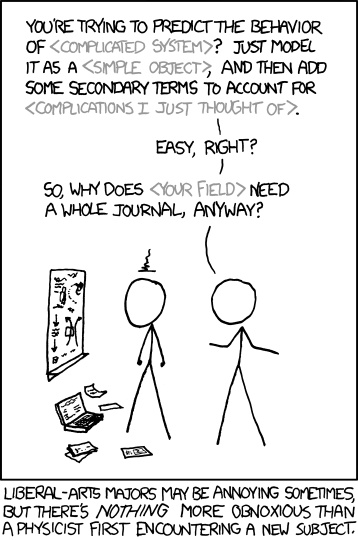Minister for Home Affairs: I’d like to answer this question if I may in two ways. Firstly in my normal voice and then in a kind of silly high-pitched whine
Cocktail Party Physics: helium: a weighty question
One-fifth of the world’s helium supply is used in MRIs. The typical MRI requires superconducting magnets and, since we haven’t figured out room-temperature superconductivity yet, they require liquid nitrogen or liquid helium to keep them in the superconducting state. Most systems use a closed cycle – helium cools the magnet, warms up in the process, turns to a gas, and is re-liquefied. A typical MRI magnet, however, requires 1700-2000 liters of liquid helium. Older models have to be refilled on a timescale from months to years, while newer models advertise that they “never” need to be refilled. (I’m about to buy a system like that. We’ll see how long ‘never’ is.) MRI resolution gets better the larger the magnetic field. Larger magnetic fields require larger magnets and thus more liquid helium.

